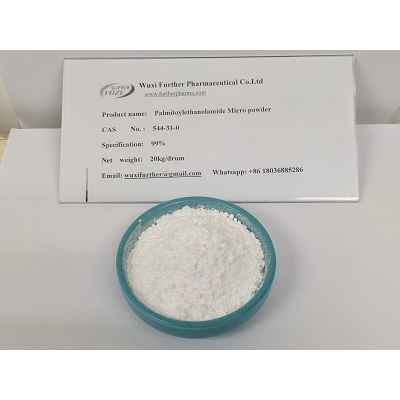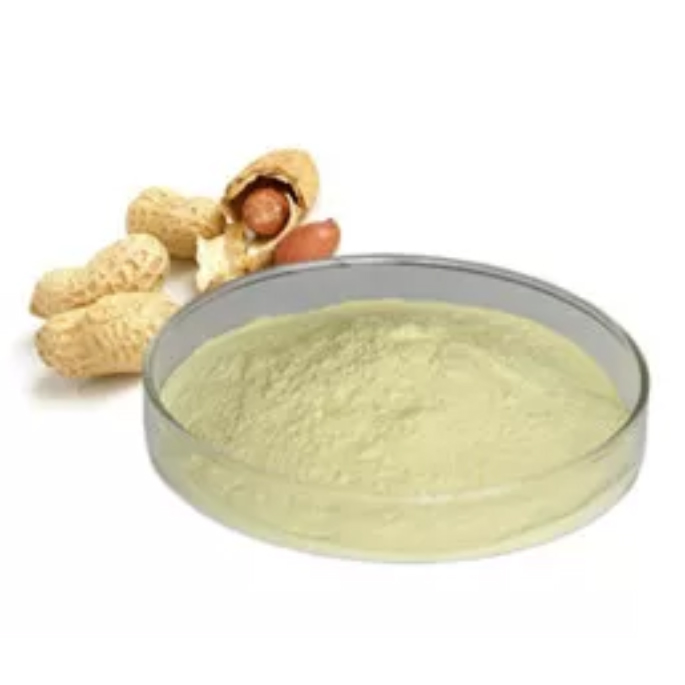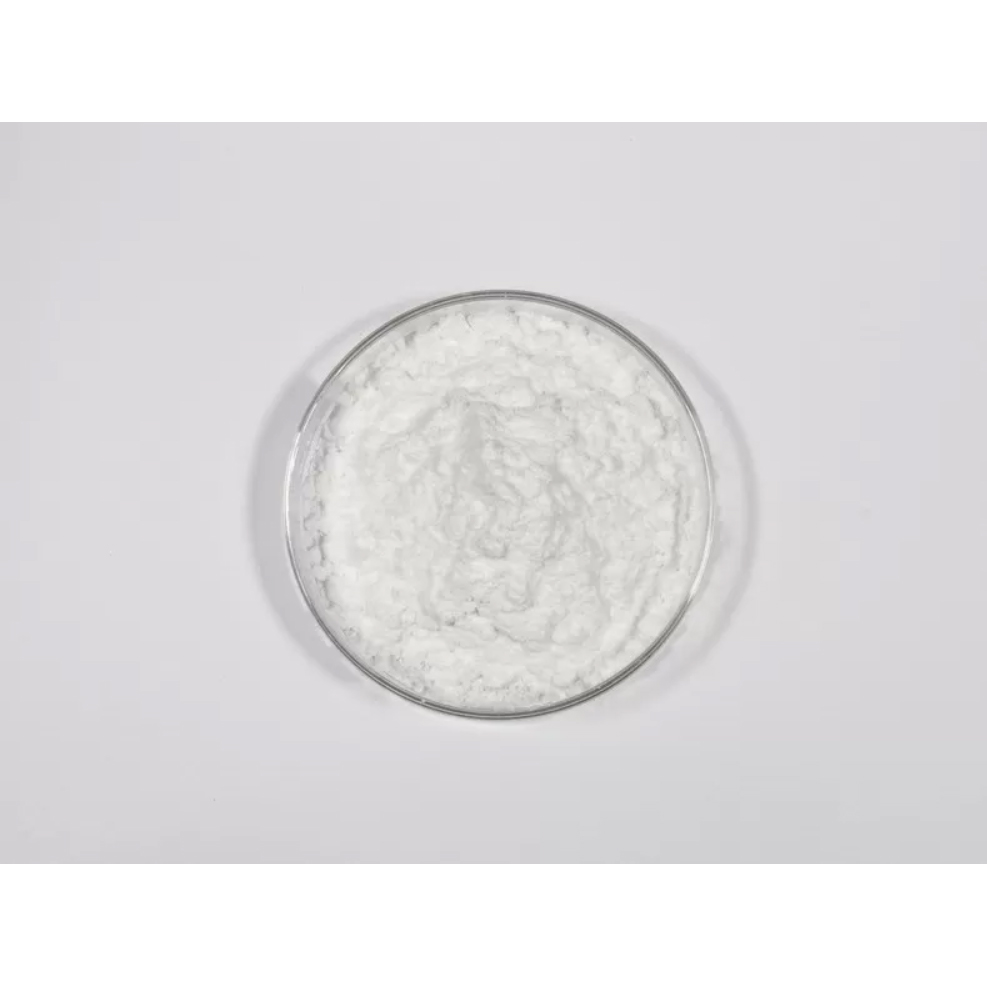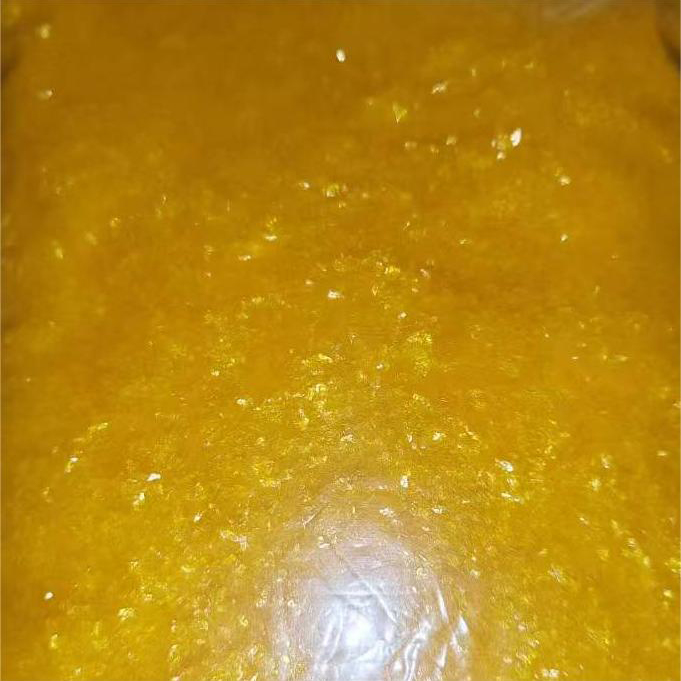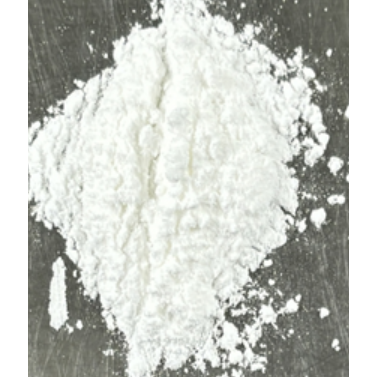Oleoyl Ethanolamide Powder CAS 111-58-0 OEA Dietary Supplement Lose Weight ODA
Oleoyl Ethanolamide Powder |
CAS No.: 111-58-0 |
Purity: 98% |
Molecular weight: 325.53 |
Molecular formula: C20H39NO2 |
Appearance:Fine, white, crystalline powder |
Package: 1g,10g,100g,1000g |
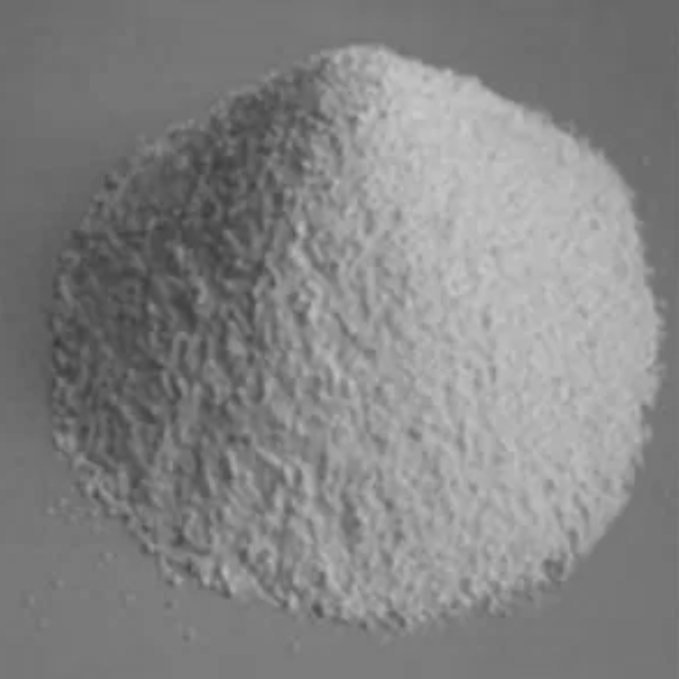
Oleoyl Ethanolamide Powder CAS 111-58-0 OEA Dietary Supplement Lose Weight ODA
CAS:111-58-0
Purity:98%
Package:25kg/drum
Color:white
Deja un mensaje
¡Te llamaremos pronto!
Querida,
Estoy interesado en Oleoyl Ethanolamide Powder CAS 111-58-0 OEA Dietary Supplement Lose Weight ODA, podría enviarme más detalles como tipo, tamaño, MOQ, material, etc.
¡Gracias!
Esperando su respuesta.
98% Antioxidant Powder
,Antioxidant Powder 111-58-0
,111-58-0
Oleoyl Ethanolamide Powder CAS 111-58-0 OEA dietary supplement lose weight ODA
Description:
Oleoyl ethanolamide (OEA) is an analog of the endocannabinoid AEA found in brain tissue and in chocolate. It is one of the long chain fatty acid ethanolamides that accumulates rapidly in infarcted tissue, but its biosynthesis is reduced in the intestine of rats following food deprivation. OEA is an endogenous, potent agonist for PPARα, exhibiting an EC50 value of 120 nM in a transactivation assay. Systemic administration of OEA suppresses food intake and reduces weight gain in rats (10 mg/kg intraperitoneally) and PPARα wild-type mice, but not in PPARα knockout mice. These data indicate that OEA regulates food intake by a PPARα-mediated mechanism.
About Oleoylethanolamide
Similar with Palmitoylethanolamide, oleoylethanolamide also as a dietary supplement, it can relieve pain, anti-inflammatory etc. Besides,oleoylthanolamide has a great effect for obese people. It can modulate body weight, reduce meal size. oleoylethanolamide widely exists in food, Oatmeal, nuts, and cocoa powder are the major foods sources of OEA in meals. However, the amount of OEA found in these foods is low (fewer than 2 µg/g).1 Therefore, it's necessary for people, especially obesity, to use oleoylethanolamide. WuXi Further Pharma can meet the demand. This is a good news for people who want to reduce weight.
Structural formula

What's the difference between Oleoylethanolamide and Palmitoylethanolamide?
Here, we know that they both belong to dietary supplement, and can reduce pain and anti-inflammatory. Let's discuss their difference.
1. Oleoylethanolamide exists in intestine of human, while Palmitoylethanolamide is found in food, such as soybeans, egg yolk etc.
2.Oleoylethanolamide focuses on obese people, which can help them lose weight,while Palmitoylethanolamide more
Uses:
Considering the many beneficial effects of OEA, its use as a complementary agent could be effective in improving inflammation in obese people.
N-Oleoyl Ethanolamide is an agonist of peroxisome proliferator-activated receptor-α (PPAR-α). N-Oleoyl Ethanolamide generates an intestinal signal that stimulates central dopamine activity establishing a link between caloric-homeostatic and hedonic-homeostatic controllers. Oleoyl Ethanolamide has been implicated as the molecular mechanism associated with gastric bypass success. N-Oleoyl Ethanolamide is a selective GPR55 agonist.
Basic Parameters:
| 2922110090 | |
| Storage temperature | At low temperature, in a cool and dark warehouse |
| MF | C20H39NO2 |
| Synonym | N-(2-hydroxyethyl)-,(Z)-9-Octadecenamide |
| Stability | Stable for 2 years from date of purchase as supplied. |
| Density | 0.915±0.06 g/cm3(Predicted) |
| Product categories | Dietary supplement, food intake |
What are the sources of OEA?
Oatmeal, nuts, and cocoa powder are the major foods sources of OEA in meals. However, the amount of OEA found in these foods is low (fewer than 2 µg/g).
What is the role of OEA?
OEA regulates gene expression in the small intestine; therefore, it is possible that it has both short- and long-term effects — one to activate vagal afferent nerve fiber activity and another on gene expression or transcription within the gut wall.
Is OEA an endocannabinoid?OEA as a lipid mediator and bioactive endogenous ethanolamide fatty acid is structurally similar to the endocannabinoid system compounds; nevertheless, it is unable to induce to the cannabinoid receptors. Unlike endocannabinoids, OEA negatively acts on the food intake and suppress appetite via various mechanisms.
References:
https://www.ncbi.nlm.nih.gov
https://www.sciencedirect.com
www.chemicalbook.com
https://pubmed.ncbi.nlm.nih.gov
Recommended Products


